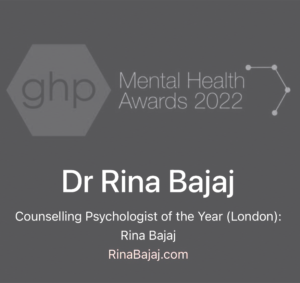People can choose to access therapy for a range of reasons. With so many options, there is likely to be a style of therapy to suit almost all needs. No matter, the approach, the therapist will be seeking to create a safe and non judgemental space, so that you can work on the reasons that have led you to therapy.
Rina offers a range of talking therapies based on the needs of the client that she is working with. She uses an integrative approach, which means that she combines different types of evidence-based therapies, in line with her client’s needs. This can include talking therapy,
Cognitive Behavioural Therapy (CBT) and/or Eye Movement Desensitisation and Reprocessing (EMDR).
The initial assessment is an opportunity for you and Rina to explore what has brought you to therapy, what goals you are trying to achieve and explore what kind of therapy you would like to access. Rina believes in collaborative working. Therapy is not about Rina being the expert or telling you what to do, but it is about Rina sharing her expertise to support you on your journey to greatness.
Here is an outline of some of the therapeutic approaches that Rina offers:
Cognitive Behavioural Therapy (CBT)
This is an evidence- based approach for a range of needs, including anxiety, depression and trauma. They key feature is looking at changing the connection between our feelings, thoughts and behaviours and practical strategies for doing this.
Person Centred Therapy
One of the key features is built on the therapeutic relationship of empathy, unconditional positive regard (a non-judgemental attitude) and congruence. The belief is that the client is the expert on their lives and the therapist is alongside the client in this journey. This is an explorative and reflective form of therapy.
Psychodynamic Therapy
This therapy is aimed at uncovering the unconscious processes that may be present in the client’s life and that may manifest in the therapeutic relationship. Psychodynamic therapy can help clients to explore patterns in their emotions, thoughts and beliefs to help them to get insight into their current self and relationships
Eye Movement Desensitisation & Reprocessing (EMDR)
When we experience something disturbing , these memories can be stored in the brain with the original images, sounds, rebounds and feelings that arose at the time. These memories can get triggered in the here and now, e.g. through flashbacks and feelings of anxiety, which can continue to cause distress. EMDR helps to link this part of the brain, with the part of the brain where healing and learning can occur so that the memory can be reprocessed and stored correctly. This will reduce the distress associated with the memory. EMDR can help us to process and store away memories or experiences that may be activating our threat system or anxiety in the now. It can help with trauma, post traumatic stress disorder (PTSD), anxiety, phobias and unwanted behaviours.



